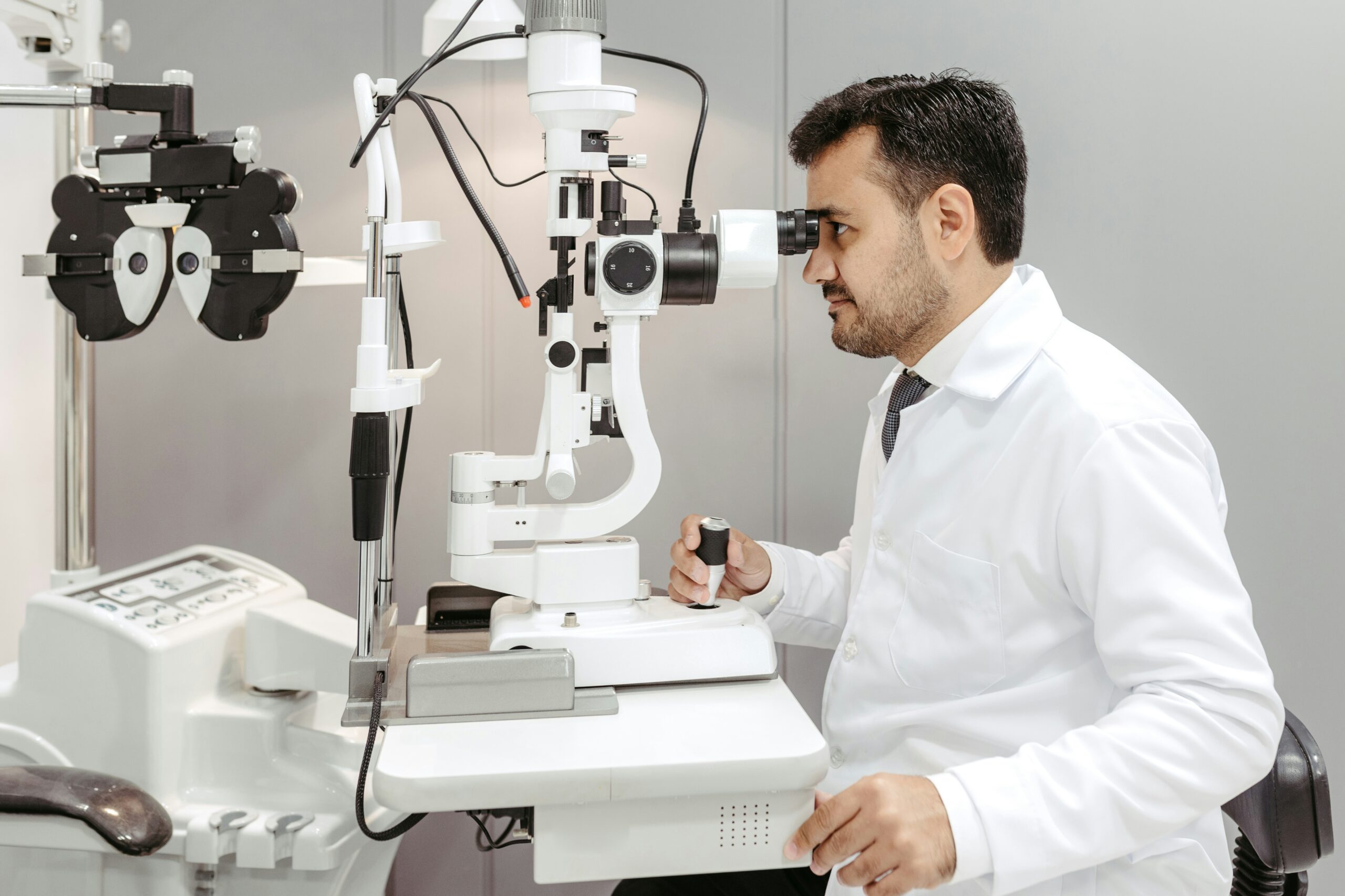
Laser-assisted refractive cataract surgery is an advanced procedure that combines traditional cataract removal with modern laser technology. Unlike conventional methods, it uses a femtosecond laser to perform critical steps, such as creating corneal incisions, fragmenting the cloudy lens, and reshaping the cornea. This approach aims to improve surgical accuracy while reducing the need for manual instruments.
Because of its precision, many patients find this option appealing when compared to standard cataract surgery. However, while it provides important benefits, it also comes with certain limitations that patients and surgeons must carefully consider.
Enhanced Surgical Precision
One of the most notable advantages of this technique is the precision that lasers bring to the procedure. The laser can create incisions that are more predictable and consistent than manual methods. This consistency can help reduce surgical risks and enhance visual outcomes, particularly for patients who desire a higher level of refractive correction.
Additionally, the laser fragments the cataract into smaller pieces before removal, which minimizes the use of ultrasound energy. Less ultrasound exposure generally translates to reduced trauma to the eye, faster healing times, and improved comfort during the recovery period. This level of accuracy gives patients greater confidence in achieving sharper vision after surgery.
Better Management of Astigmatism
Another advantage is the ability to address astigmatism during the procedure. With precise laser-created corneal incisions, surgeons can reshape the cornea to reduce or correct astigmatism. As a result, patients who previously relied on glasses for clear distance vision may experience greater freedom from corrective lenses after surgery.
In addition, the enhanced precision of laser-created corneal incisions allows for superior alignment of premium intraocular lenses (IOLs). These advanced lenses are specifically engineered to deliver sharper distance vision and near vision correction, helping patients achieve a clearer visual experience. When combined with laser-assisted cataract surgery, the placement of these IOLs becomes more accurate, leading to highly customized visual outcomes tailored to each patient’s needs. This powerful combination makes the procedure especially appealing for individuals who want to reduce dependence on prescription glasses or contact lenses and enjoy long-term vision improvement.
Potential for Faster Recovery
Laser assistance also contributes to smoother postoperative recovery. Because the laser softens the cataract before removal, there is less stress placed on the eye’s delicate structures. This means that patients often experience less inflammation, reduced swelling, and faster visual recovery. Many are able to return to daily activities sooner compared to those who undergo conventional cataract surgery.
Moreover, with better wound architecture from laser-made incisions, the risk of wound leakage or complications may be reduced. While every patient heals differently, the overall trend suggests that laser-assisted surgery supports a more comfortable recovery process, offering an appealing option for individuals eager to regain their independence quickly.
Limitations and Considerations
Despite these benefits, laser-assisted refractive cataract surgery is not without drawbacks. One of the most significant limitations is cost. Because the technology involves advanced equipment, the procedure is typically more expensive than traditional cataract surgery, and insurance coverage may be limited. This financial factor can be a deciding point for many patients.
Additionally, not all patients are ideal candidates. Certain eye conditions, such as corneal scarring, small pupils, or very dense cataracts, may reduce the effectiveness of laser technology. In such cases, traditional surgery may still provide better results. Surgeons must evaluate each patient individually to determine the most suitable approach.
Balancing Benefits and Drawbacks
Ultimately, laser-assisted refractive cataract surgery represents a major advancement in ophthalmology. Its ability to enhance surgical precision, manage astigmatism, and potentially speed up recovery makes it an appealing option for many patients. Still, it is important to weigh these advantages against the higher costs and candidacy requirements.
For individuals considering cataract surgery, the best step is an in-depth consultation with an experienced ophthalmologist. By understanding both the advantages and limitations, patients can make informed decisions about whether this advanced technique aligns with their vision goals and lifestyle needs.